I recently stumbled over some advertisements related to plug-in or paste devices which are claimed to reduce the electricity bill by an average of 10%.
The promotion is slightly different. Some claim to reach the savings by cleaning the a.c. wave from noise and harmonics. Others promise a reduction of the EMF (electromagnetic force), or improvement of the power factor. We forget the power factor improvement because residential customer are only billed for active energy.
We take a look only from the metering perspective and simplified. The IEEE 519 allows a THD (total harmonic distortion) of 8%. So, theoretically you could save maximum 8%, if all harmonics phase shifts vs. the fundamental wave are counting beneficial for utility side.
For electronic energy meters there are various tests for the influence of harmonics (see e.g. IEC62053-21 and IEC62053-22). Variation limits are for class 1 meters like typically installed at residential areas.
Some examples for required tests
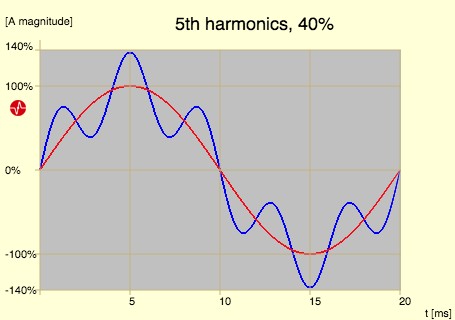
Accuracy in the presence of harmonics
The test is done with 10% on the 5th harmonics in voltage and 40% on the 5th harmonics in current.
Allowed variation: 0.8%
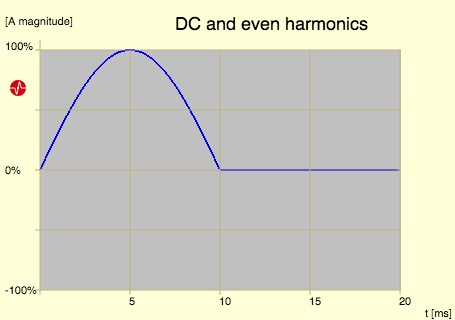
DC and even harmonics
The testis done for currents.
Allowed variation 3%
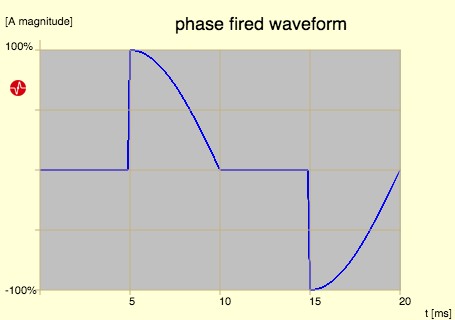
Influence of odd harmonics
The test is done with phase fired waveforms in current.
Allowed variation 3%
We can see that the allowed variation is maximum 3%.
How to understand variation?
Each energy meter has an individual error. Simplified, an energy meter class 1 has an maximum allowed error of +/-1%. If a meter has a minus-error, the utility is losing money. If the meter has a plus-error, the end customer is losing money (always with in the allowed tolerance).
So you could theoretically save 3% (the variation between a pure sine wave and the wave with harmonics). On the other hand, if the meter error with harmonics is -4% and you eliminate the harmonics you end up with paying 3% more.
The total harmonic distortion (THD) and the single harmonics including phase shift can be measured up to the 64th order with our on-site test equipment RS350. This device can also analyse the influence of power harmonics and calculate the power without harmonics. It's always good to have some traceable measurement results for evaluation.
My question is
How can any device plugged into a single-phase socket or only attached to a wire without any electrical connection "clean" the above shown wave-forms.
A huge amount of energy needs to be stored and released in time. I have my doubt that such small devices can create clean sine waves. The smallest one claiming to have this feature has a dimension of 50 mm heigh × 25 mm wide × 3.5 mm deep, weight about 21.5 g.
What about noise?
Harmonic waveforms have a repeated behaviour while noise has random peaks on the sine wave. The harmonics analysis inside the meter covers the noise up to about 2 kHz.
There is a bunch of different tests to assure the meter functionality and proper billing. These tests are grouped in IEC62052-11 under the term Electromagnetic compatibility:
- electrostatic discharges
check for critical change value in registers
For CLOU meters I have never seen a register change during this test - electromagnetic RF fields
allowed variation 2% - fast transient burst
allowed variation 4% - conducted voltages induced by radio-frequency fields
allowed variation 2% - surges
check for change in register - oscillatory waves
allowed variation 2%
Noise has in general a much lower amplitude than harmonics, so the savings will be marginal, at least for electronic energy meters. Due to the wave sampling method the meter is calculating positive and negative deviations from the sine wave equally.
Do you already have experience with this sort of energy savers? Do you have eventually waveform records before and after installation? The webpages of the vendors do not provide essential information for product evaluation.
Thank you for reading, stay safe and leave a comment.
Editor's note: This article was originally published in December 2020 and has been updated for comprehensiveness.
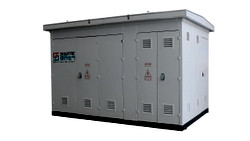
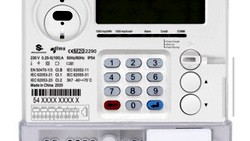

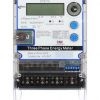

All comments are moderated before being published. Inappropriate or off-topic comments may not be approved.